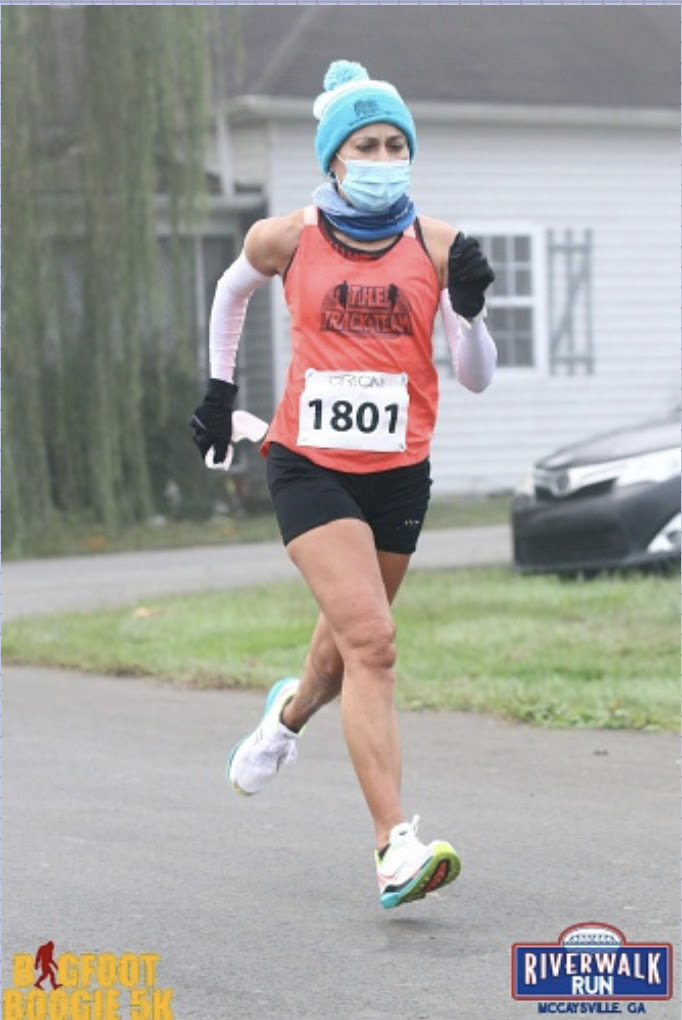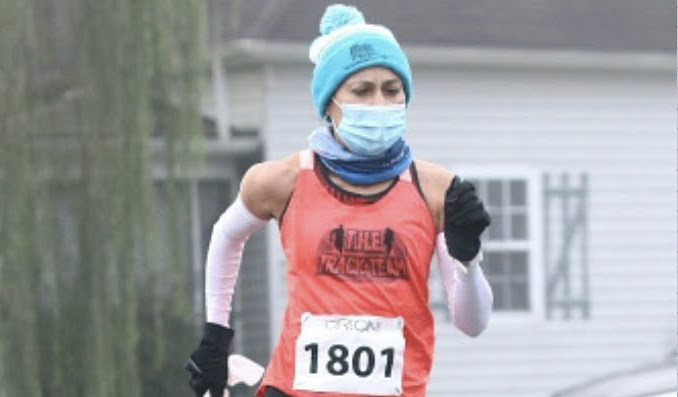Running races with a Mask:
- This past weekend, I tested the racing waters. I had no idea what to expect but knew I was going to run and race with a mask on. (per the race rules, also indicated on race waivers).
- Much better to run outside versus indoors since there was ample spacing from participants.
- Do we really need to wear a mask on our runs? Here are the guidelines from the CDC.
- According to the CDC, who would be exempt from wearing a mask?
- Running with a mask does hinder your performance, however, our bodies will adapt, our lungs continue to build strength while training with masks. When running and training with a mask, look for “breathable” performance type of mask. If your mask is damp and wet, it is ineffective protection from COVID19.
- There are actual masks that athletes wear to improve their performance or high altitude training. These masks help the respiratory muscles by controlling air flow.
- Contact tracing has found that most infections of COVID-19 happen indoors, but there have been cases of COVID spreading outdoors. How ‘Superspreading’ Events Drive Most COVID-19 Spread, Scientific American, June 23, 2020
My personal experience:
- I wore my “throw-a-way” mask before, during and after my race. (then tossed it and replaced it with a fresh mask)
- The temperature was at 37 degrees, which breathing in my mask kept me warm and not too bad when I began my race.
- After the first mile, my mask was icky, sticky and wet. It was a bit difficult to breath but I had a person running next to me and didn’t any of his droplets.
- Keep in mind, if you’re training with a mask, you’re adapting your body to the training elements, just like hills or track workouts, if you gradually train in those elements then our bodies become adjusted to the stress of training.
- Lesson learned: I should have worn my performance “breathable” material mask.
- I need to train with my mask – implement training elements.
- I tossed my mask and replaced it with my performance material mask for the awards ceremony.


